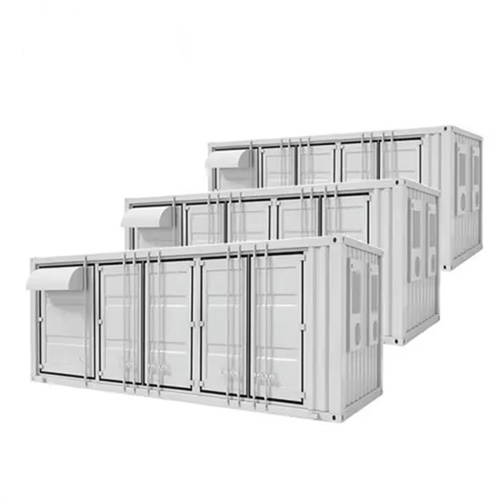About Photovoltaic panel bracket design process diagram
As the photovoltaic (PV) industry continues to evolve, advancements in Photovoltaic panel bracket design process diagram have become critical to optimizing the utilization of renewable energy sources. From innovative battery technologies to intelligent energy management systems, these solutions are transforming the way we store and distribute solar-generated electricity.
When you're looking for the latest and most efficient Photovoltaic panel bracket design process diagram for your PV project, our website offers a comprehensive selection of cutting-edge products designed to meet your specific requirements. Whether you're a renewable energy developer, utility company, or commercial enterprise looking to reduce your carbon footprint, we have the solutions to help you harness the full potential of solar energy.
By interacting with our online customer service, you'll gain a deep understanding of the various Photovoltaic panel bracket design process diagram featured in our extensive catalog, such as high-efficiency storage batteries and intelligent energy management systems, and how they work together to provide a stable and reliable power supply for your PV projects.
6 FAQs about [Photovoltaic panel bracket design process diagram]
What are the components of a photovoltaic system?
A photovoltaic system consists of various components that work together to convert sunlight into electricity. The main components of a PV system include: Solar panels: These are the primary component of a PV system and consist of numerous PV cells. Solar panels are responsible for capturing sunlight and converting it into electricity.
How do you calculate a photovoltaic array size?
Calculate the photovoltaic array size by estimating the daily energy demand, factoring system efficiency, and using location-specific solar irradiance data to determine how many solar panels are necessary. Dividing the energy demand by solar panel output can provide the required number of panels for the array.
How do I design a photovoltaic and solar hot water system?
Provide an architectural drawing and riser diagram for the homeowner showing the planned location for future photovoltaic and solar hot water system components. Space requirements and layout for photovoltaic and solar water heating system components should be taken into account early in the design process.
How to design a photovoltaic array?
Designing a photovoltaic array requires considerations such as location, solar irradiance, module efficiency, load demand, orientation, tilt angle, shading, and space constraints. It is crucial to optimize these factors for maximum energy production and cost-effectiveness. 2.
How does a photovoltaic system work?
The heart of a photovoltaic system is the solar module. Many photovoltaic cells are wired together by the manufacturer to produce a solar module. When installed at a site, solar modules are wired together in series to form strings. Strings of modules are connected in parallel to form an array.
What is a grid tied photovoltaic system?
Grid-tied systems are most common for residential and commercial installations, as they connect to the utility grid, allowing excess energy to be sold back. Off-grid and hybrid systems incorporate battery storage for complete energy independence. 5. How do you calculate the size of a photovoltaic array needed for a specific electrical load?
Related Contents
- Photovoltaic panel turntable design diagram
- Photovoltaic panel diagonal support bracket installation diagram
- Single-column photovoltaic panel installation process diagram
- Pole-type photovoltaic panel bracket installation diagram
- Photovoltaic bracket welding teaching process diagram
- Photovoltaic panel project bidding process diagram
- Photovoltaic panel canopy design drawing diagram
- Photovoltaic panel circuit wiring process diagram
- Photovoltaic panel welding bracket tutorial diagram
- Photovoltaic panel bracket wind resistance design drawings
- Photovoltaic panel photoelectric conversion process diagram
- Photovoltaic panel bracket structure diagram


